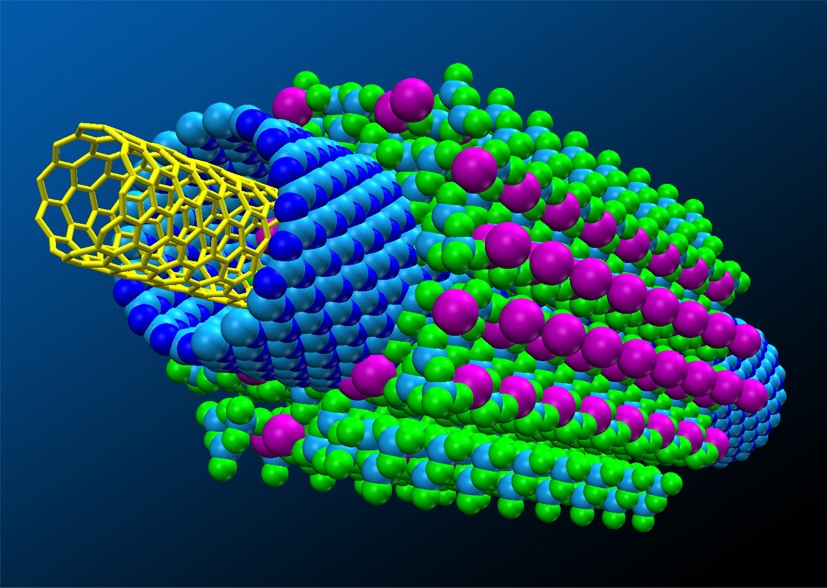The wood is always used in an efficient and innovative: the technique of manufacturing and processing of this material has been developed over the centuries through the work of the craftsman in a highly productive and innovative.
The particular properties of nanotechnology are today a new interesting application in this area is through the chemical transformation of the surfaces, also in combination with conventional paints, both through the development of new paints able to confer to the artefacts surprising mechanical properties, resistance to total scratch, shock, scratches and abrasion while preserving and enhancing at the same time, the aesthetic characteristics of natural wood.
These technologies also allow to create composites with other materials (glass, ceramics, plastics, metals and rubber).
• Paints able to afford high hardness and resistance to scratching, abrasion, impact resistance, UV rays and atmospheric agents in general and aggressive external agents without compromising the transparency very important in wood coating.
• Coatings and surface treatments allow to obtain a better water resistance, a greater ability to breathability to water vapor, a lower surface degradation and excellent hydrophobicity of the film
• Treatments and primers capable of limiting degradation over from pollution, dirt, infiltration and the formation of insects, vermin, mosses and lichens, with water-repellent properties, oleofughe, stain-resistant, anti-dirt, scratch-proof
• Products that give flame-retardant properties
• Water-based UV Coatings[:es]Il legno viene utilizzato da sempre in modo efficiente ed innovativo: la tecnica di lavorazione e trasformazione di questo materiale si è sviluppata nel corso dei secoli passando dal lavoro dell’artigiano a un’industria altamente produttiva e innovativa.





